 Image search results - "mishima" Image search results - "mishima" |
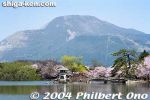
Mishima Pond with Mt. Ibuki and cherry blossoms.
|
|

Mishima Pond with Mt. Ibuki and cherry blossoms.
|
|
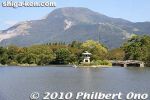
Mishima Pond
|
|
|
|
|
|
|
|

Mishima Pond (Mishima-Ike) and Mt. Ibuki in spring with cherry blossoms.
|
|
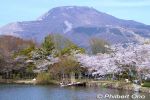
Mishima Pond and Mt. Ibuki with cherry blossoms.
|
|
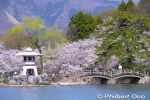
Mishima Pond stone lantern and cherry blossoms.
|
|
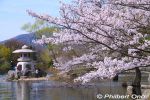
Mishima Pond stone lantern and cherry blossoms.
|
|

A frozen Mishima Pond (Mishima-Ike) and Mt. Ibuki in winter. The pond is small, but quite picturesque with Mt. Ibuki in the background. MAP
|
|

The oblong pond's circumference is about 780 meters. It was first created about 700 years ago as a water reservoir for agriculture. It is also a bird sanctuary.
|
|

The pond is quite shallow, about 50 cm. It is one favorite destination for migratory birds including the Mallard duck. It is next to Mishima Shrine.
|
|

Mt. Ibuki and Mishima Pond, Maibara, Shiga Pref.
|
|

Mishima Pond is adjacent to the Green Park Santo recreational park. The nearest train station is Omi-Nagaoks on the JR Tokaido Line. Take a bus.
|
|
|
|

Where the frozen surface meets the non-frozen part.
|
|

Mishima Pond during a warmer winter
|
|
|
|
|

Rock engraved with "Mishima Pond" in Japanese. 三島池
|
|

Bridge in the middle of the pond leading to a stone lantern.
|
|
|
|

Ducks in winter. Mishima Pond is one destination in Shiga for migratory birds.
|
|
|
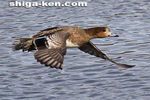
Mishima Pond, Maibara, Shiga.
|
|
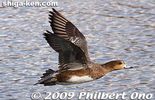
Mishima Pond, Maibara, Shiga.
|
|
|
|

The ducks welcome feeding by humans. Cat food works well.
|
|
|
|
|
|

All these ducks love me.
|
|
|
|
|
|

Mishima Pond Visitors' Center
|
|

Inside Mishima Pond Visitors' Center.
|
|

Birds which come to Mishima Pond.
|
|

Mt. Ibuki and Mishima Pond cherry blossoms.
|
|
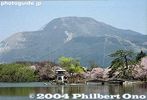
Mt. Ibuki and Mishima Pond in spring.
|
|
|
|
|
|

Part of the pond is lined with beautiful cherry blossoms which bloom in April.
|
|
|
|
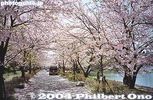
Sakura tunnel.
|
|
|
|
|
|
|
|

Another part of Mishima Pond in summer.
|
|

Lotus
|
|

Mallard ducks. マガモ
|
|
|
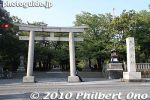
Mishima Taisha Shrine in Shizuoka Pref. This is the main torii. Townsend Harris, US consul to Japan, visited here when he was on his way to Tokyo from Shimoda.
|
|
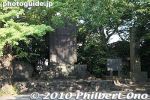
The shrine has numerous monuments.
|
|
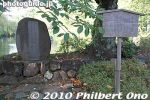
Bokusui poetry monument. 牧水歌碑のずえなる 三島のまちのあげはなび 月夜の空に 消えて散るなり
|
|

Tatari-ishi rock was used to separate foot traffic on the Tokaido and Shimoda Kaido roads. Each time it was removed, something bad happened. So they left the rock in place. たたり石
|
|
|

Bridge to Itsukushima Shrine in Shinchi Pond.
|
|
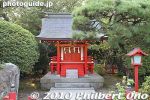
Itsukushima Shrine dedicated to Hojo Masako. 厳島神社
|
|
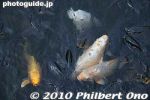
Carp in Shinchi Pond. 神池
|
|
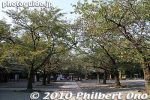
Path to shrine.
|
|
|
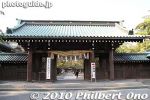
Somon Gate 総門(外構えの門)
|
|
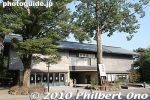
MIshima Taisha museum. 三嶋大社宝物館
|
|
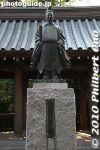
Statue of Yatabe Moriharu who helped to finance the reconstruction of Mishima Taisha after the great earthquake in 1854. 矢田部盛治の銅像
|
|
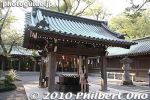
Purification was basin.
|
|
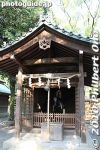
Sacred Horse Stable. No real horse though. 神馬舎
|
|

Shrine gate.
|
|

Shinmon Gate reconstructed in 1867. 神門
|
|
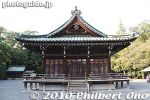
Buden Hall where sacred dances are performed. 舞殿
|
|
|
|

Famous and very old sweet olive tree (kinmokusei) キンモクセイ 金木犀
|
|
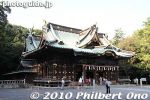
Mishima Taisha Shrine's Honden was destroyed by an earthquake in 1854. Rebuilt in 1869.
|
|

Mishima Taisha Shrine Honden is an Important Cultural Property.
|
|
|
|
|

Mishima Taisha Shrine roof
|
|
|
|
|
|
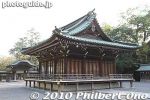
Maiden
|
|
|
|
|
|

Hiroshige's woodblock print of Mishima in his Tokaido Road series. Mishima Taisha's torii can be seen.
|
|

JR Mishima Station on the Tokaido Line. The station building is designed after Mt. Fuji.
|
|

Hot spring foot bath at Mishima Station. Perfect remedy for tired travelers.
|
|
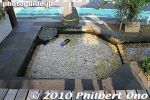
Hot spring foot bath at Mishima Station.
|
|
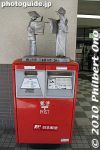
Folk dancer sculpture on mail box at Mishima Station.
|
|
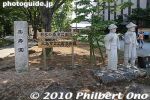
Entrance to Rakujuen Garden, a short walk from Mishima Station's South Exit. Across the street is the Mishima Tourist Info Office where you can pick up pamphlets and ask for directions.
|
|
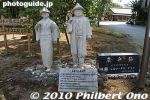
Monument for Noe-bushi traditional folk dance started in Mishima. 農兵節 ノーエ節
|
|

About the Noe-bushi traditional folk dance. It is performed at the Mishima Matsuri festival in summer. 農兵節 ノーエ節
|
|

Map of Rakujuen Garden. Mishima Station is at the top. Japanese garden and villa formerly owned by Prince Komatsu Akihito in the late 19th century. The city of Mishima eventually bought the property in 1954 and opened it as a public garden. 楽寿園
|
|
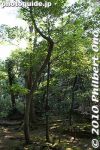
Sakaki tree whose leaves and branches are used in Shinto ceremonies.
|
|
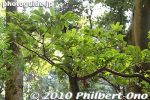
Sakaki tree whose leaves and branches are used in Shinto ceremonies.
|
|
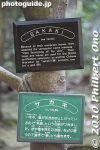
About the Sakaki tree.
|
|

Hinoki cypress, another coveted tree species in Japan.
|
|
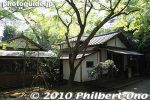
Rakujukan villa
|
|
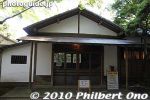
Entrance to Rakujukan villa. 30-min. guided tours are provided at certain times. Just wait in front of the entrance a few minutes before the tour starts. 楽寿館
|
|

About Rakujukan. In 1911, Rakujuen became the villa of Korean Crown Prince Euimin. In 1927, the property was sold to a local financier. The city of Mishima bought it in 1952.
|
|
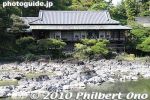
Rakujukan in Rakujuen Garden. The villa was originally built for Prince Komatsu Akihito. The rocks originate from Mt. Fuji lava flows. 楽寿館
|
|
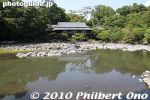
Rakujuen Garden, Mishima, Shizuoka. This is Kohama Pond whose water is supplied by natural springs. However, the pond always lacks water. 小浜池
|
|
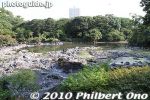
Rakujuen Garden as viewed from the veranda of Rakujukan villa, Mishima, Shizuoka. Photography was not allowed inside the spacious villa.
|
|
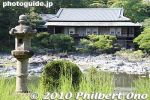
Rakujuen Garden and Rakujukan villa, Mishima, Shizuoka.
|
|
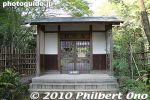
Entrance to another villa, called Ume Goten (closed to the public). 梅御殿
|
|
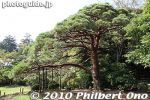
Pine tree いこいの松
|
|
|
|
|
|
|
|
|
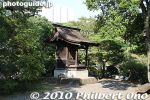
Miyajima
|
|
|
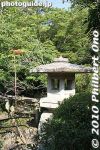
Lots of stone lanterns.
|
|
|
|

Giant stone lantern.
|
|
|
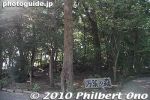
Manyo no Mori forest
|
|
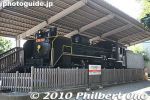
Retired steam locomotive from 1942 on display. 蒸気機関車
|
|
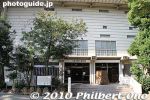
Mishima Folk History Museum is also in Rakujuen Garden. 三島市郷土資料館
|
|
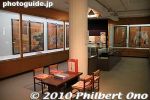
Inside Mishima Folk History Museum.
|
|
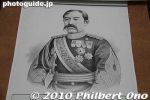
Prince Komatsu Akihito, the original owner of Rakujuen.
|
|
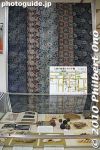
Local Mishima crafts.
|
|
|

Mishima umbrellas
|
|
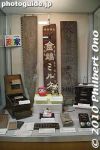
Mishima shop signs
|
|
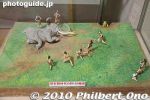
Stone Age model
|
|
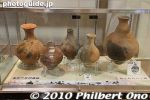
Pottery
|
|
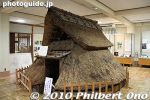
Yayoi Period shack
|
|
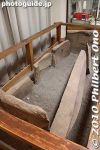
Kofun tumulus coffin
|
|
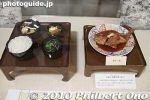
Meal served at Mishima-juku's Honjin lodge for VIPs.
|
|
|
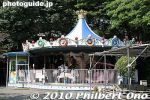
Rakujuen also has a small amusement park.
|
|
|
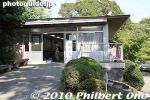
Rest house has an exhibition space on the 2nd floor.
|
|
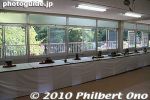
Rest house exhibition space on the 2nd floor.
|
|
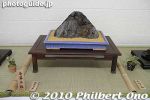
They had a rock garden display when I was there.
|
|

Another entrance to Rakujuen where I exited.
|
|

Next to Rakujuen is a small park called Shirataki Park. 白滝公園
|
|
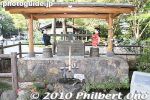
Megumi-no-te water fountain at Shirataki Park
|
|
|
|
|
|